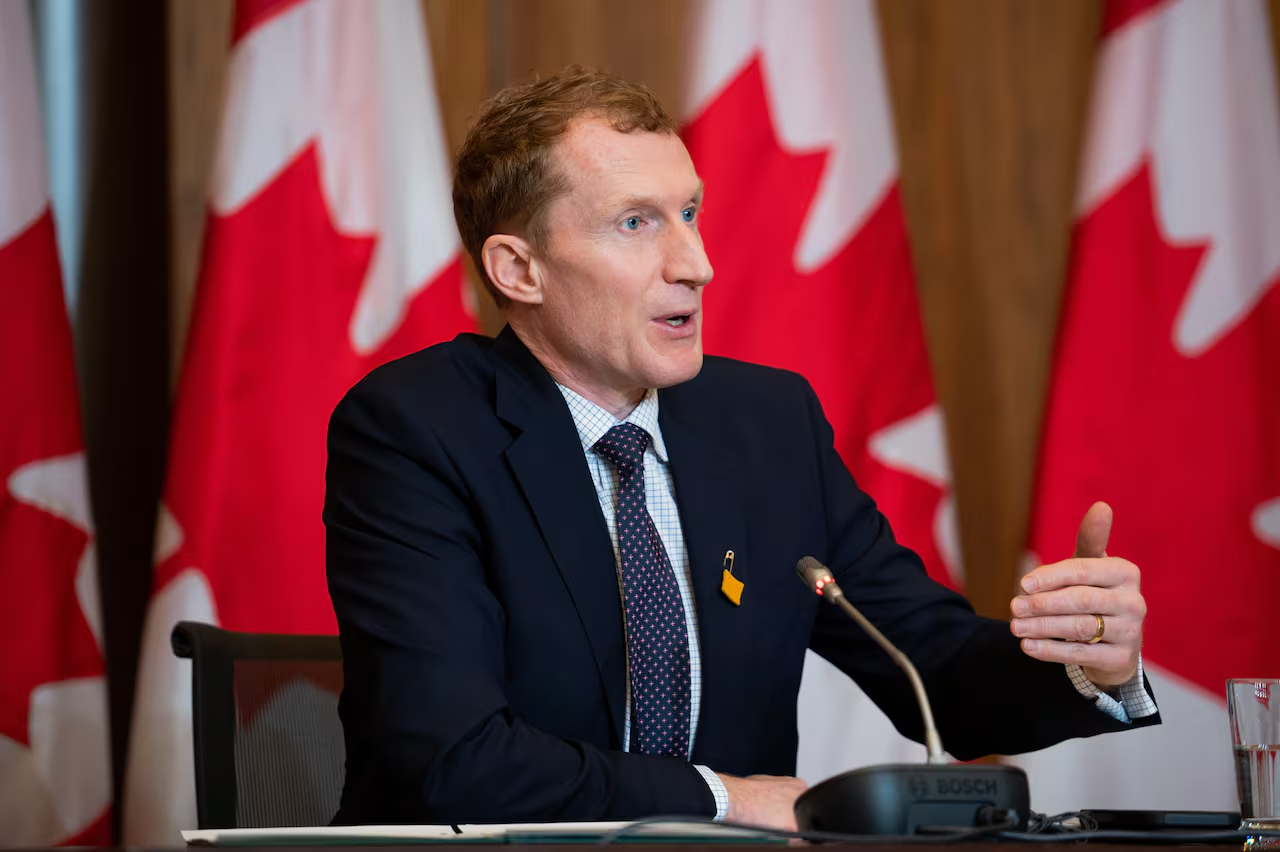The immigration minister of Canada announces major adjustments to the number of permanent residents, emphasizing economic immigration and public concerns about cost.

Significant alterations to Canada’s permanent immigration numbers could be imminent, according to signals provided by Immigration Minister Marc Miller. In response, Miller stated that he is considering a number of ideas for modifying the nation’s immigration goals. Not only that, but he made it clear that any modifications that were coming up would not be cosmetic; “all options are on the table.”
Miller also emphasized how unusual it is in comparison to other countries to concentrate on economic immigrants, who account for 60% of all immigration. He did, however, issue a warning against overcorrecting and admit that immigration was a major factor in keeping Canada out of a recession during the COVID-19 pandemic. The minister gave his word that decisions in the future will be made carefully.
Immigration, Refugees, and Citizenship Canada (IRCC) is guided by the Immigration Levels Plan, which is updated yearly by the federal immigration department and specifies the number of new permanent residents that Canada hopes to accept annually. It is anticipated that these possible changes in immigration law will be included in the next plan.
Miller’s comments are made at a moment when the Canadian public is becoming less supportive of immigration. Recent polls show a drop in support, primarily due to worries about the availability of affordable housing and shortages in general. The IRCC has already taken action to slow down the number of temporary residents entering the country as a result of these problems, including the first-ever inclusion of temporary resident levels in the Immigration Levels Plan.
The immigration administration has prioritized domestic permanent resident draws, capped study permits for international students, and limited the number of low-wage temporary foreign workers in places where the unemployment rate is above 6%. Miller stated that more changes are still to come, especially in the area of the International Student Program, and that announcements should be made in the autumn.
Similar remarks were made by Prime Minister Justin Trudeau, who emphasized the significance of preserving Canada’s standing as an accepting nation for immigrants but guaranteeing responsible integration and obvious routes to success.
The IRCC set a cap on immigration at 500,000 permanent residents for 2025 and 2026 as of last year. However, these numbers are merely estimates that could change in response to Canada’s changing immigration requirements.
Notwithstanding the mounting worries, immigration continues to be an essential part of Canadian culture. Immigration has been responsible for nearly all of Canada’s labor market growth, and as the country’s population ages, the need for new immigrants will only grow.
Reducing population growth might also have a severe effect on Canada’s education, healthcare, pension, and housing systems, all of which depend on population growth to be sustainable.


Leave a Reply